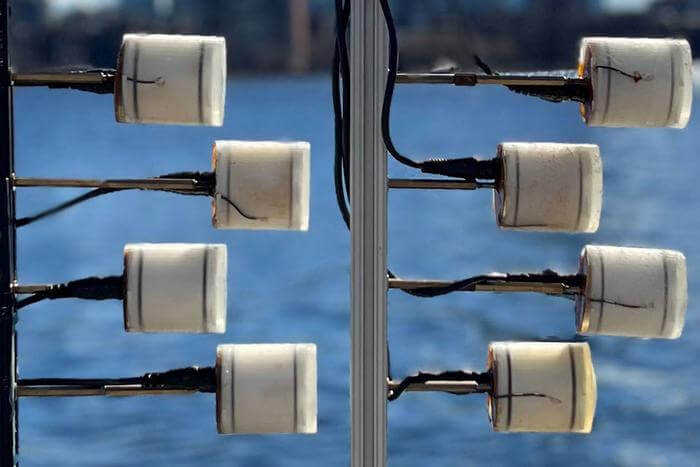MIT researchers have unveiled a groundbreaking ultra-low-power underwater communication system capable of transmitting signals across kilometer-scale distances.
This innovative technology uses approximately one-millionth of the power consumed by existing underwater communication methods. By expanding the communication range of their battery-free system, the researchers have made it more practical for various applications, including aquaculture, coastal hurricane prediction, and climate change modeling.
Fadel Adib, associate professor in the Department of Electrical Engineering and Computer Science and director of the Signal Kinetics group in the MIT Media Lab, expressed excitement about the development, saying, “What started as a very exciting intellectual idea a few years ago — underwater communication with a million times lower power — is now practical and realistic. There are still a few interesting technical challenges to address, but there is a clear path from where we are now to deployment.”
This breakthrough relies on a technique called underwater backscatter, which enables low-power communication by encoding data in sound waves that are reflected or scattered back toward a receiver. This approach minimizes signal scattering in the wrong directions, resulting in more efficient and longer-range communication.
During experiments conducted in a river and an ocean, the retrodirective device exhibited a communication range over 15 times greater than previous devices. However, the researchers encountered limitations due to the length of the available docks.
To better understand the potential of underwater backscatter, the team developed an analytical model to predict the technology’s maximum range. This model, validated using experimental data, indicated that their retrodirective system could achieve communication across kilometer-scale distances.
The researchers presented their findings in two papers at this year’s ACM SIGCOMM and MobiCom conferences. They plan to continue researching underwater backscatter Van Atta arrays and aim to evaluate longer communication ranges, potentially using boats for experiments. Additionally, they intend to release tools and datasets to support further research and are exploring the commercialization of this technology.
This research received funding from the Office of Naval Research, the Sloan Research Fellowship, the National Science Foundation, the MIT Media Lab, and the Doherty Chair in Ocean Utilization.
If our reporting has informed or inspired you, please consider making a donation. Every contribution, no matter the size, empowers us to continue delivering accurate, engaging, and trustworthy science and medical news. Independent journalism requires time, effort, and resources—your support ensures we can keep uncovering the stories that matter most to you.
Join us in making knowledge accessible and impactful. Thank you for standing with us!

